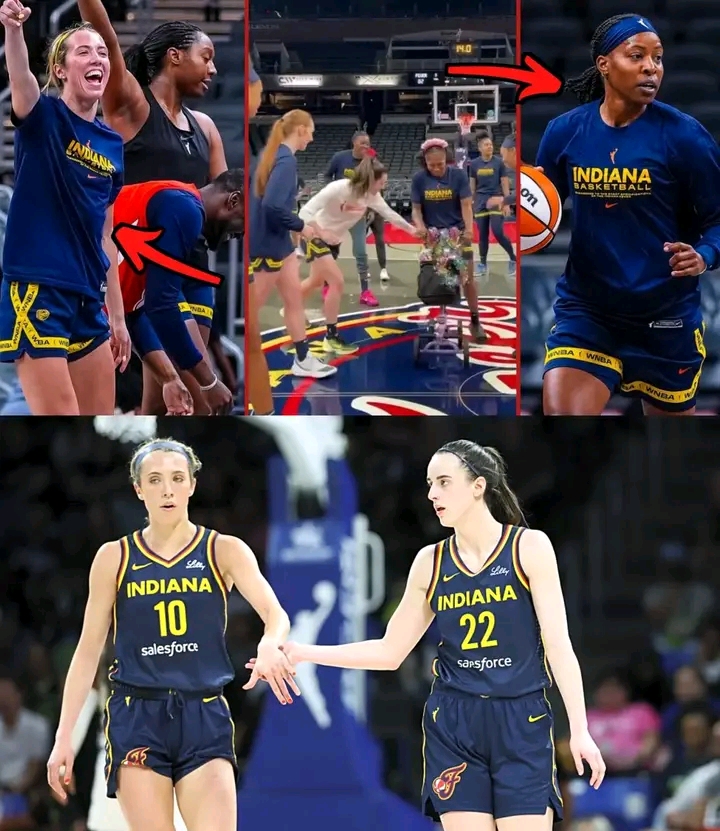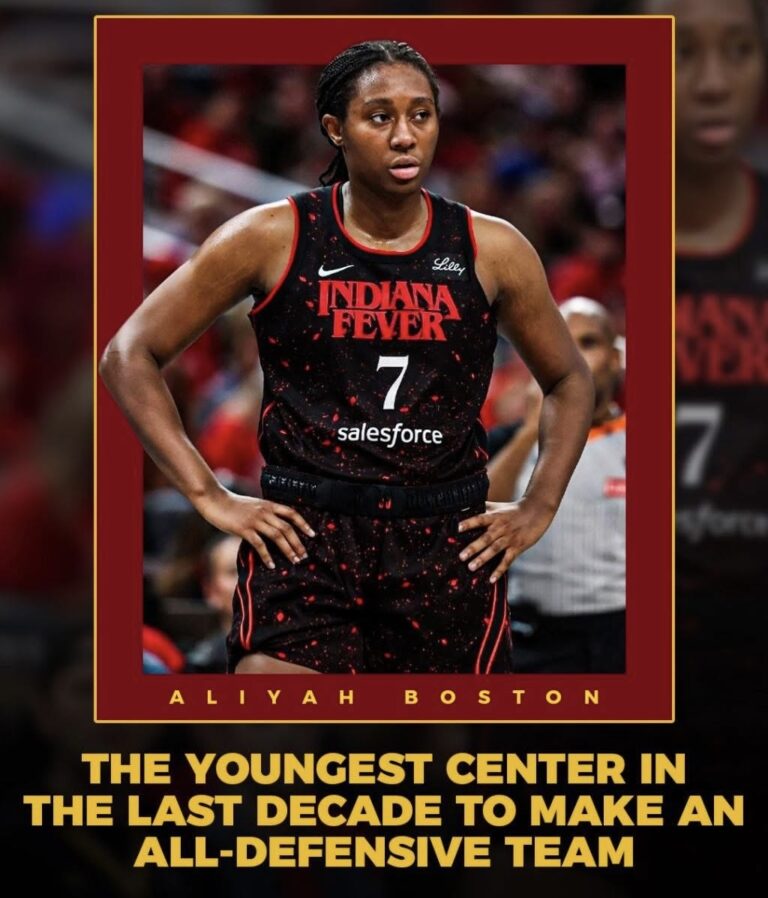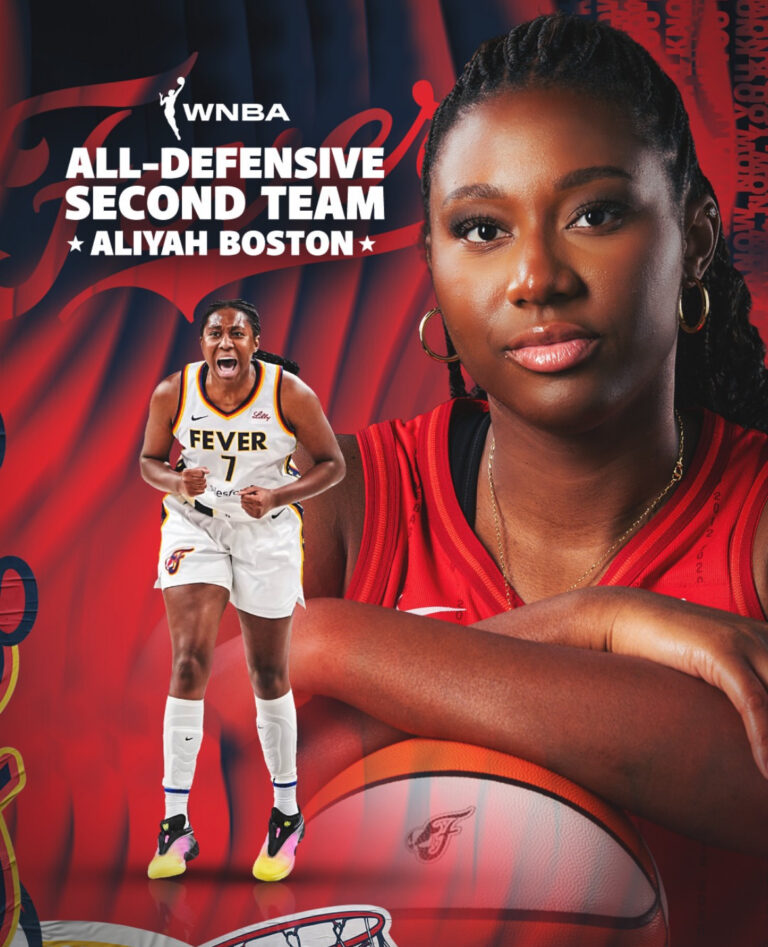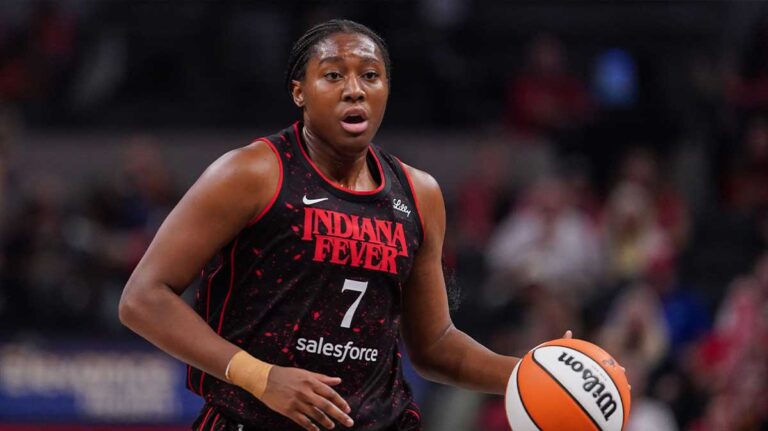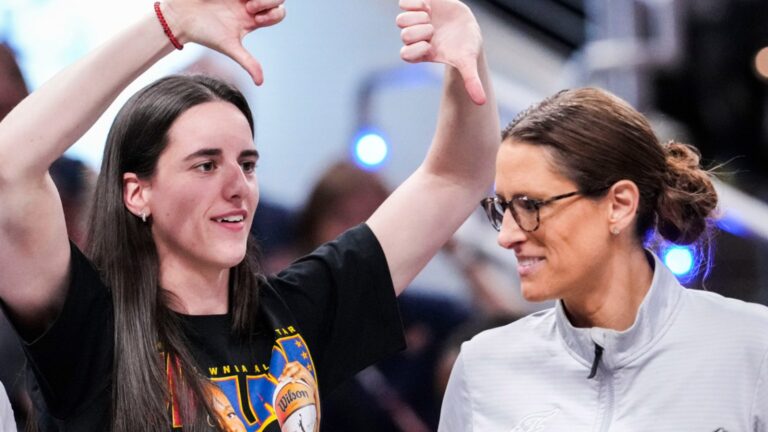
In the digital age, where celebrity actions are under constant scrutiny, and artificial intelligence (AI) is increasingly becoming a tool for creative expression, Madonna—iconoclast, pop legend, and provocateur—has stirred up a fresh storm of controversy. The Queen of Pop recently shared an AI-generated image on her social media platforms that featured a highly unconventional portrayal of Pope Francis. In this image, the pontiff was dressed in a white puffer jacket, sporting gold chains and sunglasses, a far cry from his traditional papal vestments. The image, which was created using an artificial intelligence tool, quickly went viral, drawing both admiration and outrage from fans, critics, and religious communities worldwide.
This incident highlights not only the growing influence of AI in creative fields but also the cultural and ethical questions surrounding its use. For Madonna, known for her provocative public persona and frequent use of religious imagery, this was more than just a social media post—it was a flashpoint in the ongoing debate over art, technology, and the boundaries of respect.
The Image That Set the Internet Ablaze
The AI-generated image in question depicts Pope Francis in a style that blends the sacred with the secular. The image shows the Pope dressed in streetwear, featuring a white puffer jacket, large gold chains, and oversized sunglasses, with the backdrop of a typical urban setting. The dissonance between his religious position and the casual, fashion-forward look was jarring to many, prompting a wide range of reactions across the internet.
On first glance, the image may appear harmless, even humorous. It taps into the blending of religious and pop culture iconography that has become a staple of modern digital art. However, for those with a deep connection to Catholicism, the depiction of the Pope in such a casual and ostentatious manner was seen as disrespectful and sacrilegious.
Madonna, known for her bold statements in both her music and public persona, has often used religious imagery to provoke thought and spark conversation. This isn’t the first time she’s drawn attention for blurring the line between faith and popular culture. Her 1989 music video for “Like a Prayer” famously included religious symbols, which caused outrage among conservative groups and the Catholic Church. However, as with previous controversies, Madonna has never shied away from using her platform to challenge societal norms and push boundaries, both in terms of artistic expression and her personal beliefs.
Madonna’s Legacy of Provocation: A History of Controversy
Madonna’s career has been defined by her ability to push the envelope in the realms of music, fashion, religion, and gender. From her early days in the 1980s with hits like “Like a Virgin” and “Material Girl,” to her more experimental work in the 1990s and 2000s, Madonna has always been at the center of cultural conversation, often sparking debates about decency, gender roles, and religious identity.
Her 1989 video for “Like a Prayer” remains one of the most famous examples of Madonna’s blending of religion and pop culture. The video featured imagery such as Madonna dancing in front of burning crosses and engaging in religious iconography, which angered the Catholic Church and religious groups worldwide. This led to protests, calls for boycotts, and even a public rebuke from the Vatican. For Madonna, these controversies were not about disrespecting religion, but about challenging the idea that religious figures or symbols should be beyond reproach or examination.
Similarly, her use of the AI-generated image featuring Pope Francis can be viewed as another example of her pushing boundaries—this time, using the power of new technology. Madonna is no stranger to technological innovation in her art; throughout her career, she has embraced new mediums and techniques to explore cultural and social issues. In this context, the use of AI to create art that engages with sacred symbols may be seen as a natural evolution of her artistic practice.
The Cultural Impact of AI-Generated Art
The use of artificial intelligence in art has exploded in recent years, creating both opportunities and challenges in the creative world. Tools like DALL·E, MidJourney, and Stable Diffusion allow anyone with access to these platforms to generate highly sophisticated images, often based on prompts that blend different styles, concepts, and visual motifs. While AI-generated art has opened up new possibilities for artists, it has also raised ethical concerns.
One of the main issues with AI art is the question of originality. AI tools are trained on vast datasets of existing images, many of which are copyrighted. While the AI produces something “new,” the content it generates is often built upon these pre-existing works. This raises questions about the ownership of AI-created works and whether artists (or in Madonna’s case, celebrities) should be held accountable for the images they generate using AI tools.
In Madonna’s case, the AI-generated image of Pope Francis raises additional concerns. Not only is the image based on a public figure, but it also depicts that figure in a way that many perceive as disrespectful. While the technology behind the image is innovative, the ethical ramifications of using AI to create potentially inflammatory content are still murky. Madonna’s decision to share this image seems to be a deliberate statement about how technology can both challenge and redefine traditional notions of art, celebrity, and religion.
The Reaction: Divided Opinions and Outrage
As soon as Madonna shared the image on social media, the reactions were swift and polarized. For many, particularly in religious communities, the image was seen as an affront to Pope Francis and the Catholic Church. The portrayal of the Pope in such a casual, almost irreverent manner felt like an attack on the dignity of the papacy and the sanctity of religious symbols. Some critics accused Madonna of using AI to further her own agenda by undermining religious authority for the sake of shock value.
Others, however, defended Madonna’s artistic freedom and her right to express herself. They argued that Madonna was not necessarily mocking the Pope or Catholicism but was instead exploring the role of religion in contemporary culture. The AI-generated image, they suggested, was a commentary on how religious figures are commodified in pop culture. In this light, Madonna’s post becomes a critique of the way iconic figures—whether religious or secular—are transformed into cultural products.
The reactions on social media reflected this divide. Some users praised Madonna for her boldness, while others expressed deep offense. Catholic groups, especially those who follow Pope Francis closely, expressed disappointment, and some even called for a boycott of Madonna’s music or a public apology. Meanwhile, secular commentators speculated about whether the image was part of a larger commentary on the power of AI and the potential consequences of digital art in a world that is increasingly influenced by technology.
The Vatican’s Silence and the Church’s Role in Public Discourse
Interestingly, despite the viral nature of the controversy, the Vatican and Pope Francis have remained largely silent about Madonna’s post. The Vatican, which has dealt with many cultural controversies over the years, has generally avoided responding to issues like this, especially when the figure involved is a pop star as polarizing as Madonna.
In some ways, this silence may be a strategic move. The Catholic Church has long been hesitant to engage directly with pop culture, preferring to focus on its religious mission rather than responding to celebrity-driven controversies. However, this lack of response could also be seen as an acknowledgment of the changing landscape in which both religion and celebrity exist. Pope Francis, known for his focus on humility and outreach, may choose not to dignify the incident with a public response.
On the other hand, the lack of an official statement from the Vatican leaves room for religious groups and individuals to voice their objections. Some conservative Catholics, especially those in the United States, have already expressed their outrage and disappointment with Madonna’s actions.
The Bigger Picture: Technology, Art, and Respect
Ultimately, the controversy surrounding Madonna’s AI-generated image of Pope Francis points to broader conversations about the role of technology in art and the changing ways we engage with religious and cultural symbols. AI is undeniably a powerful tool that can democratize creativity, allowing anyone to generate art that would have once been the province of professional artists. However, as AI art becomes more widespread, society must contend with the ethical and cultural implications of this new form of expression.
Madonna’s post, for all its controversy, may be part of a larger conversation about the intersection of religion, celebrity, and technology. As we move into an era where digital tools can manipulate and create anything, questions of respect, consent, and cultural sensitivity will become increasingly important.
For Madonna, this moment is just another chapter in her long career of artistic provocation. For the rest of us, it’s an opportunity to reflect on the power of technology and the evolving ways we navigate cultural and religious boundaries in the digital age.
Conclusion: The Future of Celebrity, Art, and AI
Madonna’s sharing of an AI-generated image featuring Pope Francis serves as a cultural flashpoint, raising questions about the intersection of technology, religion, and celebrity. As AI tools continue to shape the future of art, society will have to grapple with how these technologies should be used and whether they should be subject to ethical guidelines, especially when it comes to public figures or sacred symbols.
Whether you see Madonna’s actions as a brilliant piece of artistic commentary or a step too far, one thing is certain: the conversation around AI-generated art, celebrity influence, and cultural respect is just beginning. The way we engage with these issues will shape the future of art, technology, and the relationship between faith and pop culture.


